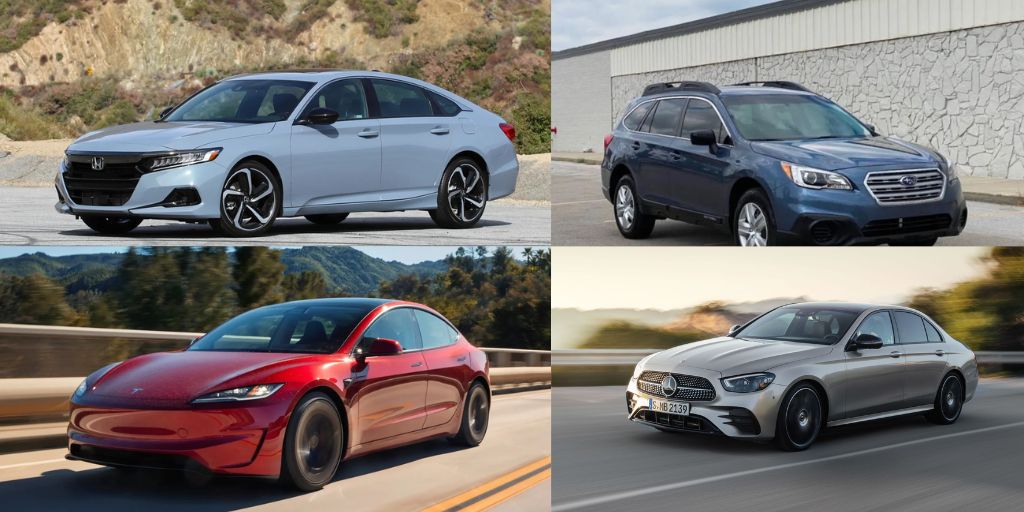Visibility plays a crucial role in a driver’s safety and overall driving experience. It impacts everything from ease of parking to navigating through traffic or changing lanes.
Some cars excel in this department, offering expansive windows, well-placed mirrors, and minimal obstructions that provide a clear view of the road and surroundings.
These cars are often equipped with advanced driver-assistance systems (ADAS) to further enhance visibility, making driving safer and more enjoyable.
On the other hand, some cars are notorious for their poor visibility, with blind spots that make maneuvering challenging. These blind spots are often caused by factors like thick pillars, narrow windows, or high beltlines that obstruct the driver’s view.
Even with the presence of technology, some models still struggle to provide a clear line of sight, making them less ideal for drivers who prioritize safety.
In this article, we will explore five cars that offer excellent visibility, as well as five that are infamous for their blind spots. By looking at the design features and technologies that influence visibility, we aim to help you make a more informed decision when considering your next vehicle.
Also Read: 5 Cars That Still Look New After Years and 5 That Age Fast
5 Cars With Excellent Visibility
When choosing a car, one of the most important aspects to consider is visibility. Clear sightlines allow drivers to make informed decisions, navigate tight spaces, and avoid potential hazards.
Excellent visibility also contributes to greater confidence behind the wheel, particularly in challenging driving conditions. Whether you’re driving on busy city streets or open highways, having an unobstructed view of your surroundings is essential for safety and convenience.
Cars with great visibility typically feature expansive windows, narrow A-pillars, and well-placed side mirrors, all designed to minimize blind spots.
Additionally, modern cars may come equipped with advanced technology such as rearview cameras, 360-degree camera systems, and parking sensors, which work in tandem with the vehicle’s design to improve the driver’s field of view.
These features help drivers spot potential dangers, such as pedestrians, cyclists, or other vehicles that might otherwise be hidden from sight.
In this section, we will highlight five cars that stand out for their excellent visibility. These vehicles have earned praise for their thoughtful design and technological enhancements that ensure drivers have a clear and comprehensive view of their environment.
By focusing on factors such as window size, mirror placement, and the overall layout of the cabin, these cars demonstrate how good visibility can significantly improve the driving experience.
Whether you’re a daily commuter or someone who spends a lot of time on the road, choosing a car with excellent visibility can make a world of difference in your driving comfort and safety.
1. Honda Accord
The Honda Accord has long been regarded for its visibility-friendly design, making it a popular choice for drivers who value clear sightlines.
The Accord features large side and rear windows, which enhance the driver’s ability to see the road and surrounding traffic. Its slim A-pillars ensure minimal blind spots, providing a panoramic view of the environment.
The car’s low beltline allows for better visibility out of the front and side windows, making it easier to navigate tight spaces and parking lots.
Additionally, the Honda Accord offers a wide range of driver-assistance features designed to further improve visibility and safety.
Standard features include a rearview camera, adaptive cruise control, and lane-keeping assist, which work in conjunction with the Accord’s design to reduce potential risks associated with limited visibility.
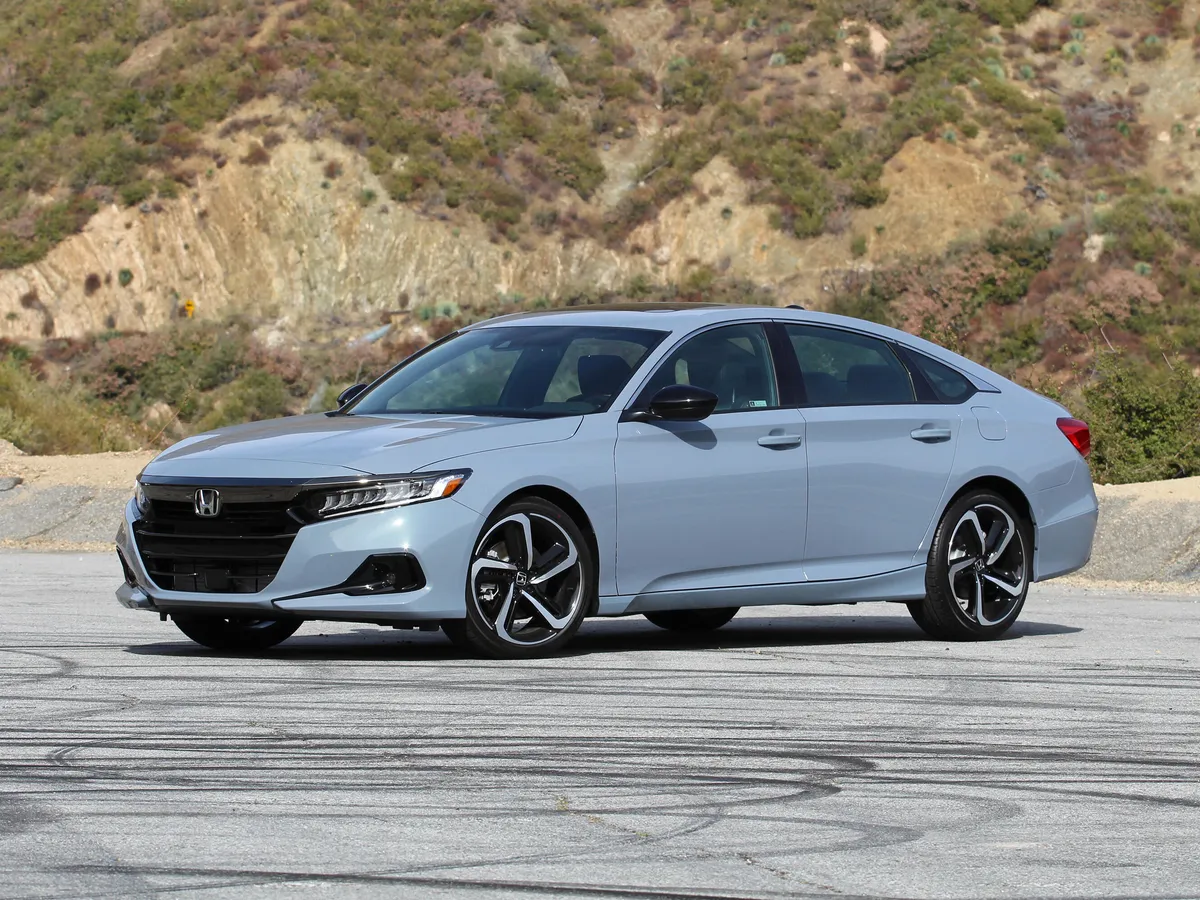
The car also provides clear and intuitive side mirrors, which offer better rear and side viewing angles compared to many competitors.
The spacious cabin and elevated seating position provide added comfort and a sense of security, especially for drivers who frequently travel on highways or in busy urban environments.
Thanks to its combination of thoughtfully designed visibility features and modern technology, the Honda Accord remains a top choice for those who prioritize clear sightlines behind the wheel.
2. Subaru Outback
The Subaru Outback is a standout when it comes to visibility, thanks to its unique combination of a high driving position and wide windows. This mid-size crossover offers a commanding view of the road, making it easy to navigate challenging terrains and crowded city streets.
The Outback’s slim A-pillars, along with its large side and rear windows, reduce blind spots, providing excellent all-around visibility for the driver.
Its high roofline and large windshield further improve forward visibility, allowing for better sightlines in front of the vehicle. Additionally, the Outback’s raised seating position contributes to enhanced road awareness, which is especially helpful when driving in heavy traffic or on uneven roads.
The spacious interior and expansive glass areas provide a more open feel, giving drivers a clear view of their surroundings at all times.
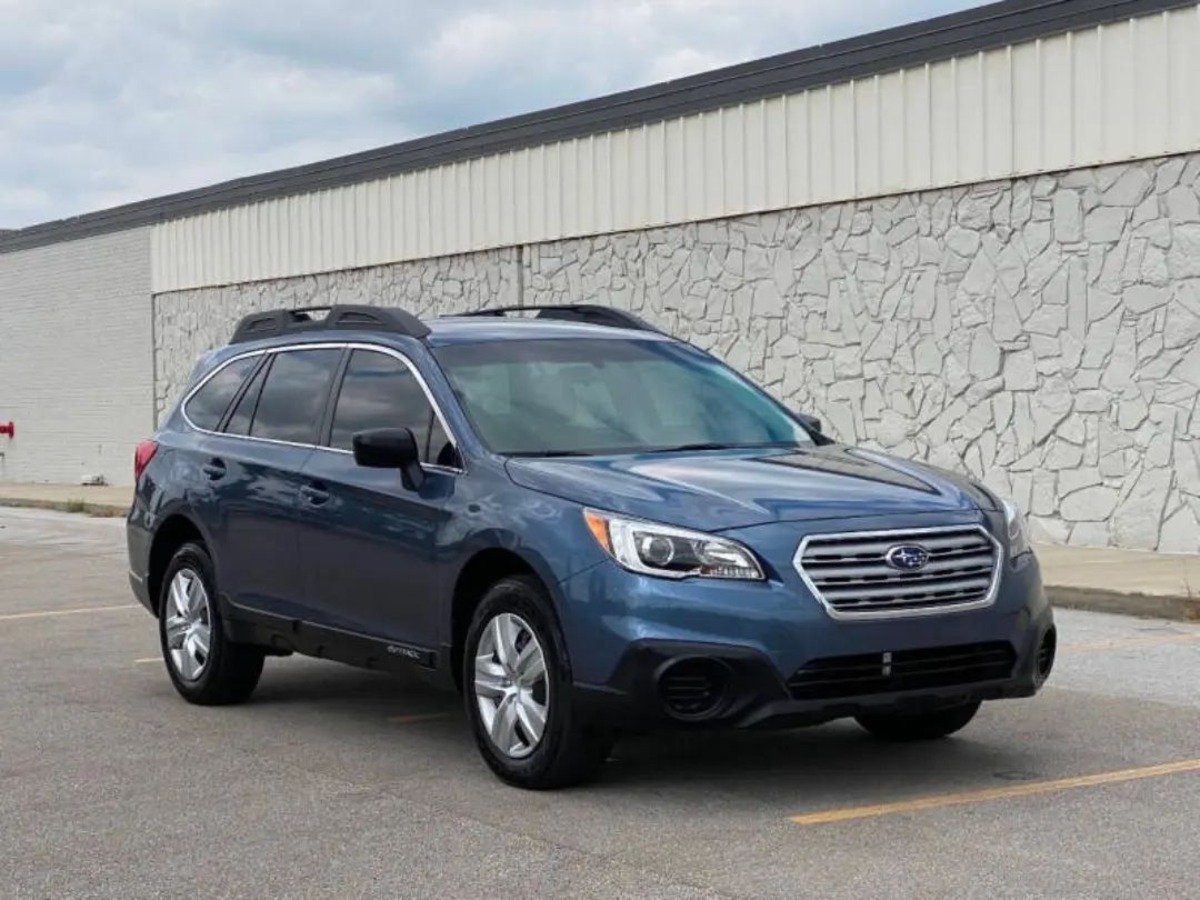
Subaru’s EyeSight Driver Assist Technology, which includes adaptive cruise control, pre-collision braking, and lane-departure warning, complements the Outback’s design by offering additional safety and visibility features.
These technologies work together to ensure that the driver has a full picture of their environment, especially in situations where visibility might be limited.
Whether driving through the city or on an off-road adventure, the Subaru Outback stands out for its ability to deliver clear visibility in almost any driving condition, making it a favorite among safety-conscious drivers.
3. Tesla Model 3
The Tesla Model 3 offers excellent visibility thanks to its sleek, minimalist design and advanced technology. The car’s large windows, narrow A-pillars, and panoramic windshield allow for an expansive view of the road, making it easy for drivers to spot potential hazards or pedestrians.
The low beltline and large side mirrors enhance visibility and provide an unobstructed view of the environment, even when changing lanes or merging onto highways.
Tesla’s focus on driver safety is evident in the Model 3’s design, with an emphasis on reducing blind spots and increasing overall awareness.
The car’s spacious interior and high-tech dashboard also contribute to a clear line of sight, while its minimalist interior design eliminates any distractions that could interfere with the driver’s focus.
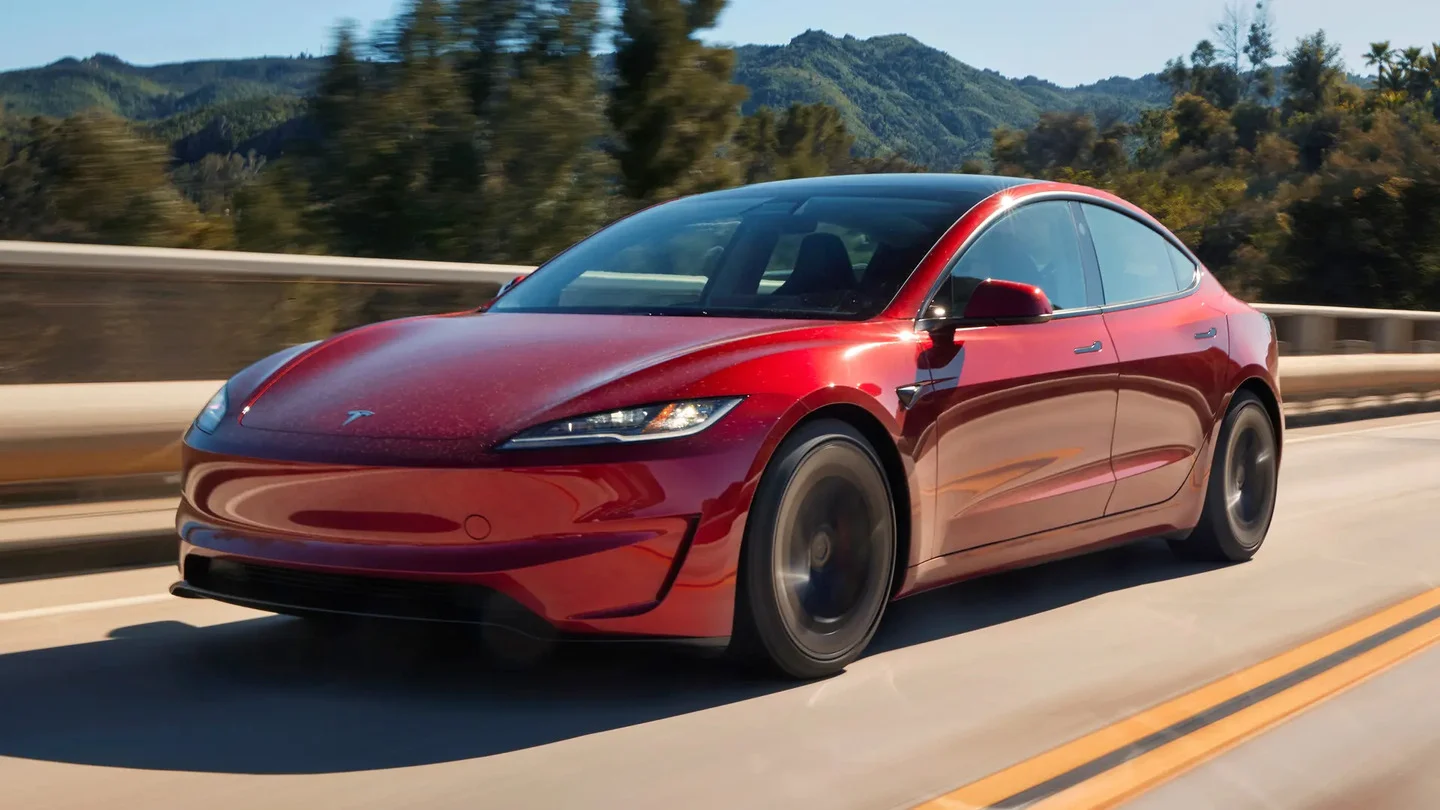
The Model 3 is equipped with a range of advanced driver-assistance systems, including Tesla’s Autopilot, which includes adaptive cruise control, automatic lane-keeping, and collision warning. These features work in tandem with the car’s excellent visibility, offering a more intuitive and safe driving experience.
Whether navigating tight city streets or cruising on the highway, the Tesla Model 3 provides drivers with exceptional visibility, enhancing both safety and driving pleasure.
Its design and cutting-edge technology make it one of the top choices for drivers seeking a vehicle that excels in all aspects of visibility.
4. Mercedes-Benz E-Class
The Mercedes-Benz E-Class sedan is renowned for its luxurious features, but it also excels in providing excellent visibility. The E-Class boasts large, expansive windows and narrow A-pillars that reduce blind spots, giving the driver a clear, unobstructed view of the road.
The sedan’s low beltline and high roofline allow for superior forward visibility, which is particularly valuable in urban environments and heavy traffic situations.
Mercedes-Benz also ensures that the E-Class is equipped with a range of visibility-enhancing technologies. Standard features include a rearview camera and parking sensors, while the optional 360-degree camera system provides a comprehensive view of the car’s surroundings. This feature is especially useful when maneuvering in tight spaces or performing complex parking maneuvers.
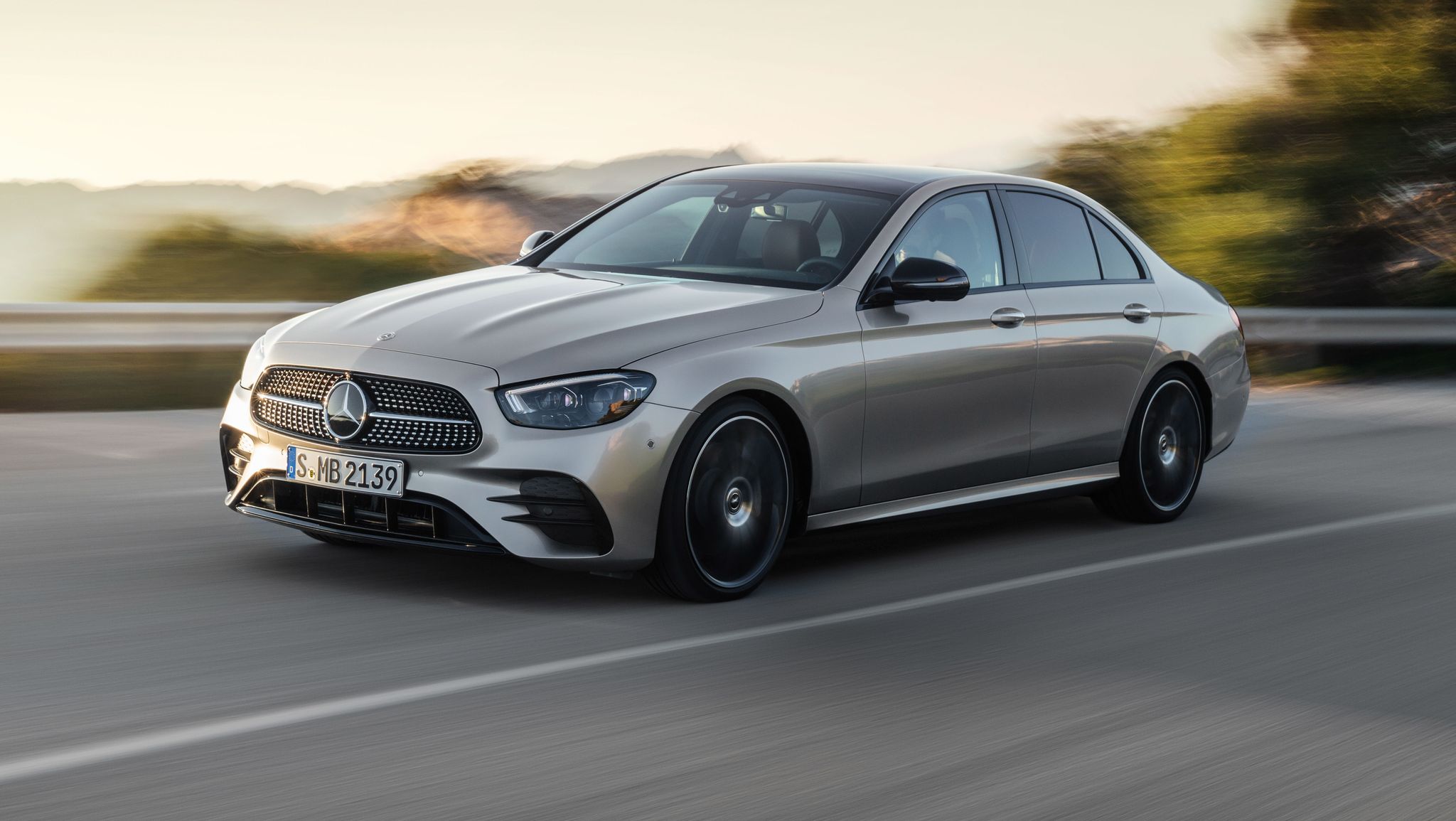
The E-Class’s comfortable seating position contributes to a commanding view of the road, making it ideal for long-distance drives and urban commuting alike. The cabin is designed to minimize distractions, ensuring that the driver’s attention remains focused on the road ahead.
Additionally, the optional Head-Up Display provides key driving information directly in the driver’s line of sight, further enhancing convenience and safety.
With its combination of elegant design, technology, and a focus on driver safety, the Mercedes-Benz E-Class is a standout in the luxury sedan market for its excellent visibility.
5. Ford F-150
As one of the best-selling vehicles in the United States, the Ford F-150 offers exceptional visibility, especially for those who prefer a higher driving position. The truck’s commanding stance and large windows ensure that drivers have an excellent view of the road and their surroundings.
The F-150’s design features narrow A-pillars and large side mirrors that help reduce blind spots, which is essential when navigating through crowded areas or making lane changes on highways.
The truck’s high seating position allows drivers to easily see over traffic, offering a greater sense of security, especially in busy urban environments or while towing.
The expansive rear window and well-placed side mirrors also help when backing up or parking, making the F-150 more versatile and easier to maneuver in tight spaces.
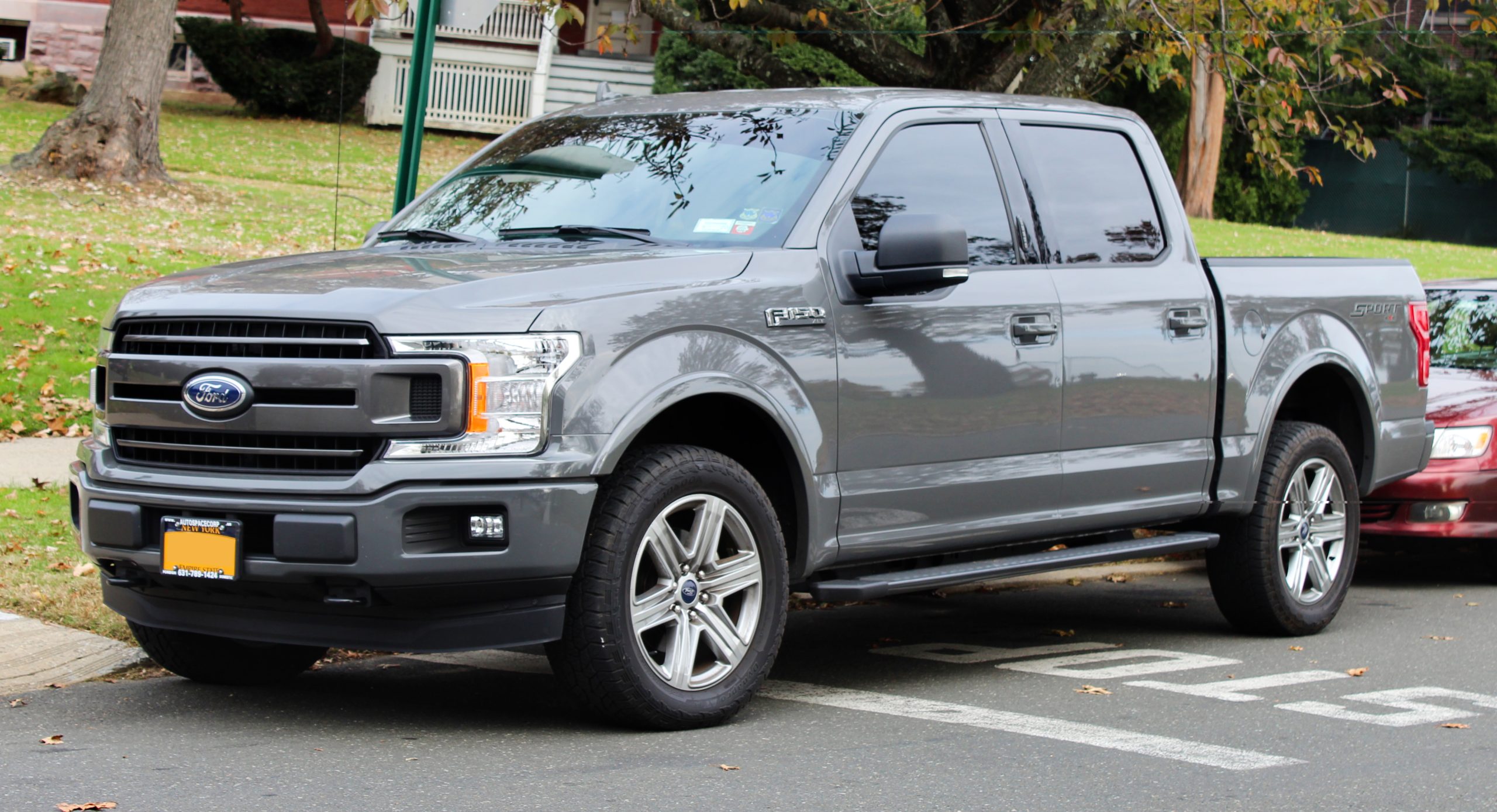
Ford also integrates technology like a rearview camera, optional 360-degree camera system, and parking sensors, which further improve visibility and safety.
These features work in tandem with the truck’s design to offer enhanced situational awareness, which is particularly useful when driving in complex or unfamiliar environments.
Whether navigating off-road, towing a trailer, or driving in heavy traffic, the Ford F-150’s visibility-friendly design ensures that drivers can safely and confidently operate the vehicle in various conditions.
With a reputation for performance and safety, the F-150 continues to be a top choice for those who require excellent visibility in a rugged and reliable truck.
5 Cars With Blind Spots Everywhere
While visibility is often a key factor in choosing a vehicle, some cars are infamous for their blind spots, which can make driving more challenging and potentially dangerous.
These vehicles tend to have design features that obstruct the driver’s view, whether it’s large A-pillars, narrow side windows, high beltlines, or thick rear pillars.
These blind spots can make tasks like lane changing, parking, and reversing particularly difficult, and they may contribute to accidents or near-misses.
Even with modern safety technologies like rearview cameras, blind-spot monitoring, and parking sensors, some cars still suffer from poor visibility due to their physical design. In some cases, the blind spots are so pronounced that these technologies are not enough to completely mitigate the risks.
In this section, we will look at five cars that have earned a reputation for their challenging visibility. These cars have become notorious for their blind spots, with certain design elements that make it harder for drivers to see surrounding traffic and other potential hazards.
By examining these models, we aim to highlight what to watch out for when considering a vehicle with less-than-ideal visibility, helping you make a more informed decision about safety when selecting your next car.
1. Toyota C-HR
The Toyota C-HR is a small crossover with a sporty, angular design, but unfortunately, its aesthetics come at the expense of visibility. One of the major drawbacks of the C-HR is its thick A-pillars, which obstruct the driver’s view when turning or merging onto highways.
These pillars can create significant blind spots, especially at intersections. The vehicle’s rear window is also small, which contributes to a lack of visibility when backing up or changing lanes.
Additionally, the sloped roofline and high beltline combine to further restrict the rearward view, making the already limited sightlines even more challenging. Parking and maneuvering in tight spaces can also be more difficult due to these design features.
Although the C-HR comes with a rearview camera and features like blind-spot monitoring, these technologies do not fully compensate for the inherent visibility issues caused by the car’s design.
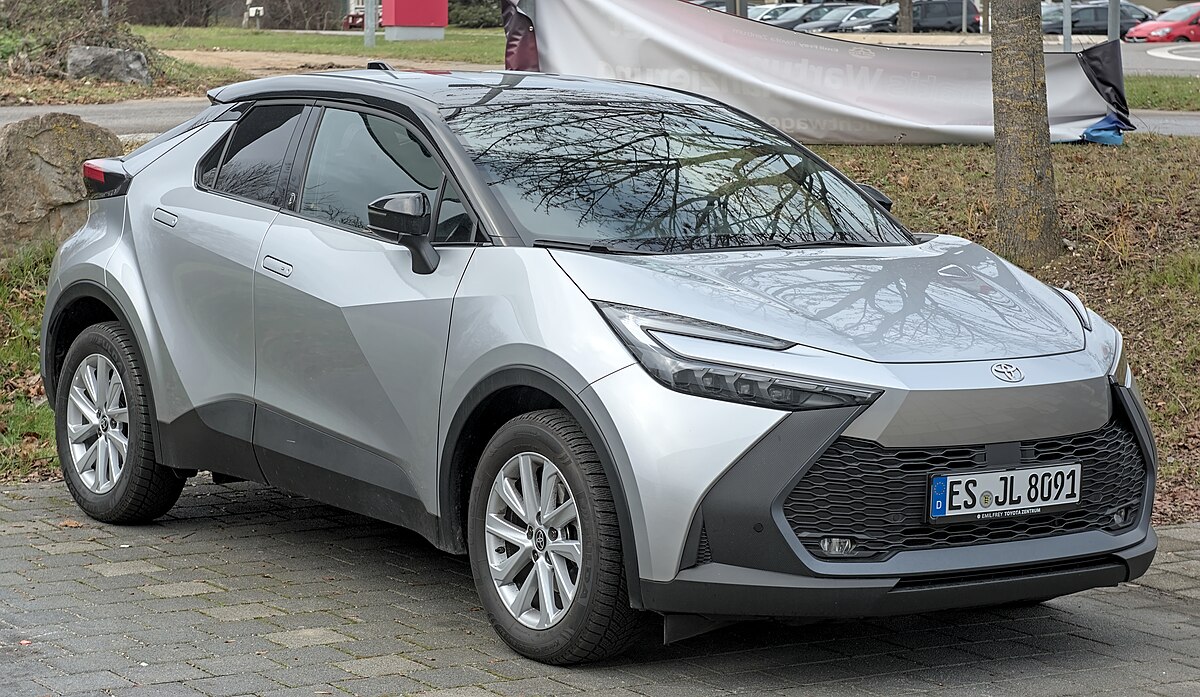
Despite being a compact, urban-friendly SUV with an attractive look, the Toyota C-HR struggles when it comes to providing the kind of visibility that’s necessary for safe driving.
Drivers who prioritize clear sightlines may find the C-HR’s design more frustrating than functional, especially in busy, congested areas where having a wide range of vision is crucial.
2. Nissan Juke
The Nissan Juke’s unique, bold design certainly sets it apart in the compact crossover market, but it also brings with it significant visibility challenges. The Juke’s small side windows and high beltline create large blind spots, especially for shorter drivers.
These design features can make it difficult to spot pedestrians, cyclists, or other vehicles when changing lanes or navigating tight spaces. The rear windows are narrow, further exacerbating the issue by limiting visibility when reversing or parking.
Additionally, the Juke’s rear pillars are thick, which creates obstructions to seeing traffic when backing out of parking spots or trying to make safe turns.
Even though the Juke is equipped with a rearview camera and a few safety features, these cannot fully counteract the visibility limitations caused by the vehicle’s small, confined window design.
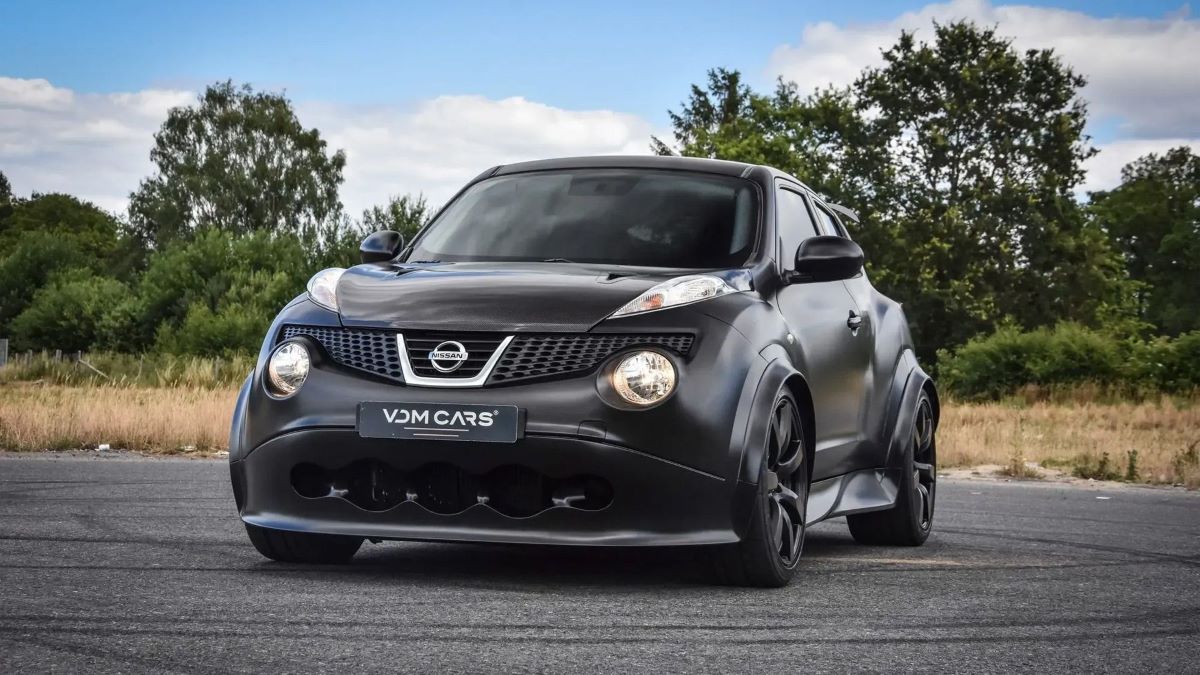
While the Juke excels in providing a fun, sporty driving experience, its visibility problems make it less ideal for those who frequently navigate crowded streets or parking lots.
Drivers who are used to larger windows and open sightlines may find the Juke’s cabin feel cramped and its driving experience less confident in situations that require superior visibility.
3. Ford Mustang
The Ford Mustang is another iconic American muscle car that has earned praise for its performance and striking design, but it suffers from serious visibility issues. Its low-slung profile, combined with thick A-pillars, severely limits the driver’s forward view.
The wide A-pillars can obstruct sightlines when making turns or when approaching intersections, creating large blind spots that are particularly problematic in urban settings where pedestrian or cyclist presence is higher.
The Mustang’s rear visibility is similarly compromised due to its small, angled rear window. The thick rear pillars make it difficult to see what’s behind the car when reversing or parking, even with the assistance of parking sensors and a rearview camera.
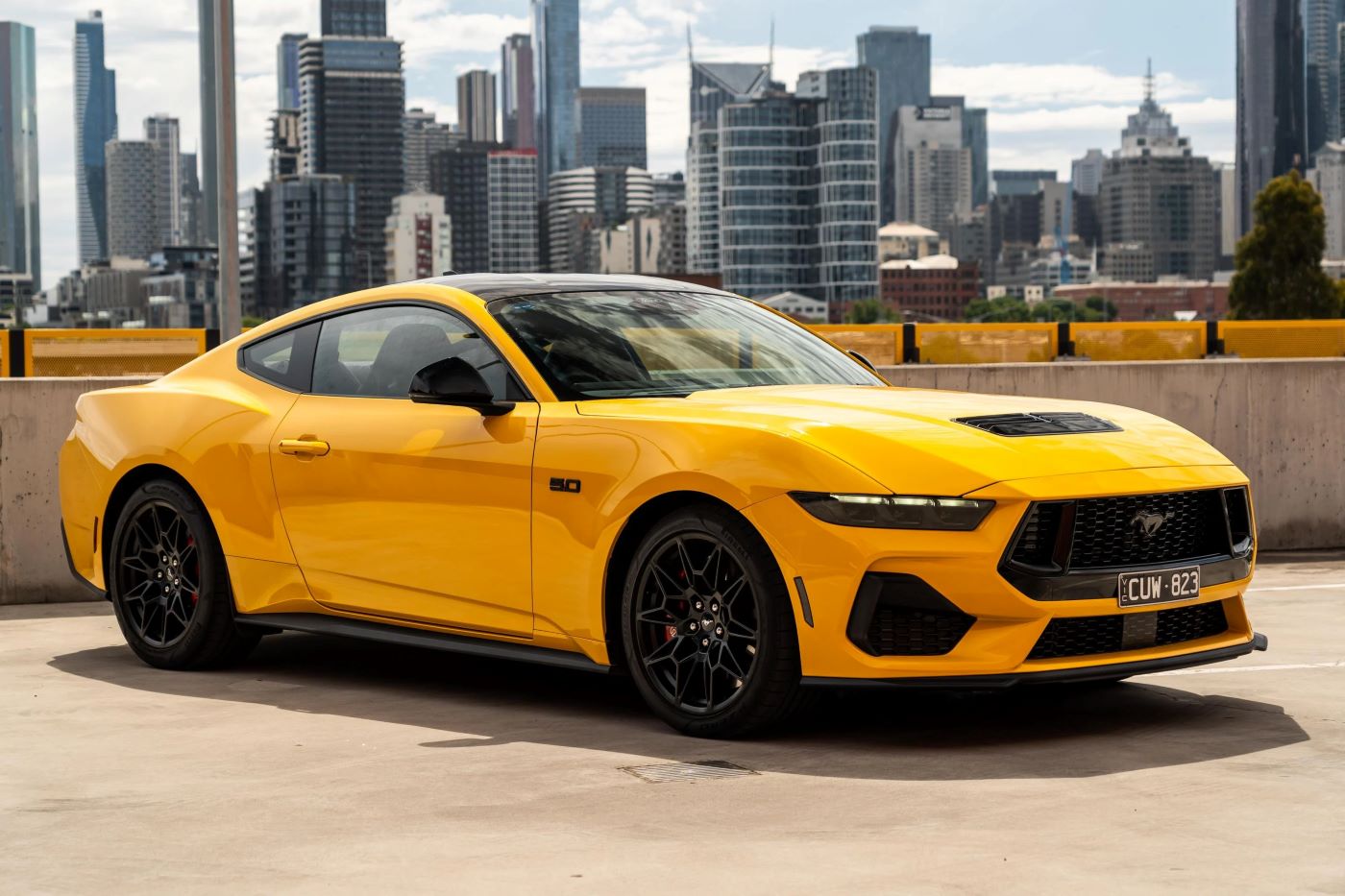
The car’s design, which prioritizes aesthetics over practicality, leaves the driver feeling confined and restricted when trying to gauge surrounding traffic.
Despite the presence of modern technology like rearview cameras, blind-spot monitoring, and parking sensors, these features are not enough to fully compensate for the physical design limitations.
Drivers often struggle when trying to change lanes or park in tight spaces due to the Mustang’s limited visibility.
While the Ford Mustang delivers an unforgettable driving experience with its powerful engine and aggressive styling, its poor visibility can make it challenging to drive in busy environments, where clear sightlines are essential for safety.
Those looking for a muscle car with more practical visibility may find the Mustang less suited to everyday driving needs.
4. BMW X6
The BMW X6, a luxury SUV with a coupe-like design, is a beautiful vehicle, but it suffers from significant visibility limitations. One of the biggest culprits is its sloped roofline, which reduces rearward visibility.
The rear window is small and sharply angled, which makes it challenging for drivers to see clearly when reversing or backing out of parking spaces.
This design choice is part of the car’s sportier aesthetic, but it also comes at the cost of practicality and safety.
In addition to the small rear window, the BMW X6 has thick rear pillars, which create substantial blind spots. These pillars obscure the driver’s view when changing lanes or making turns, making the vehicle less ideal for tight urban driving.
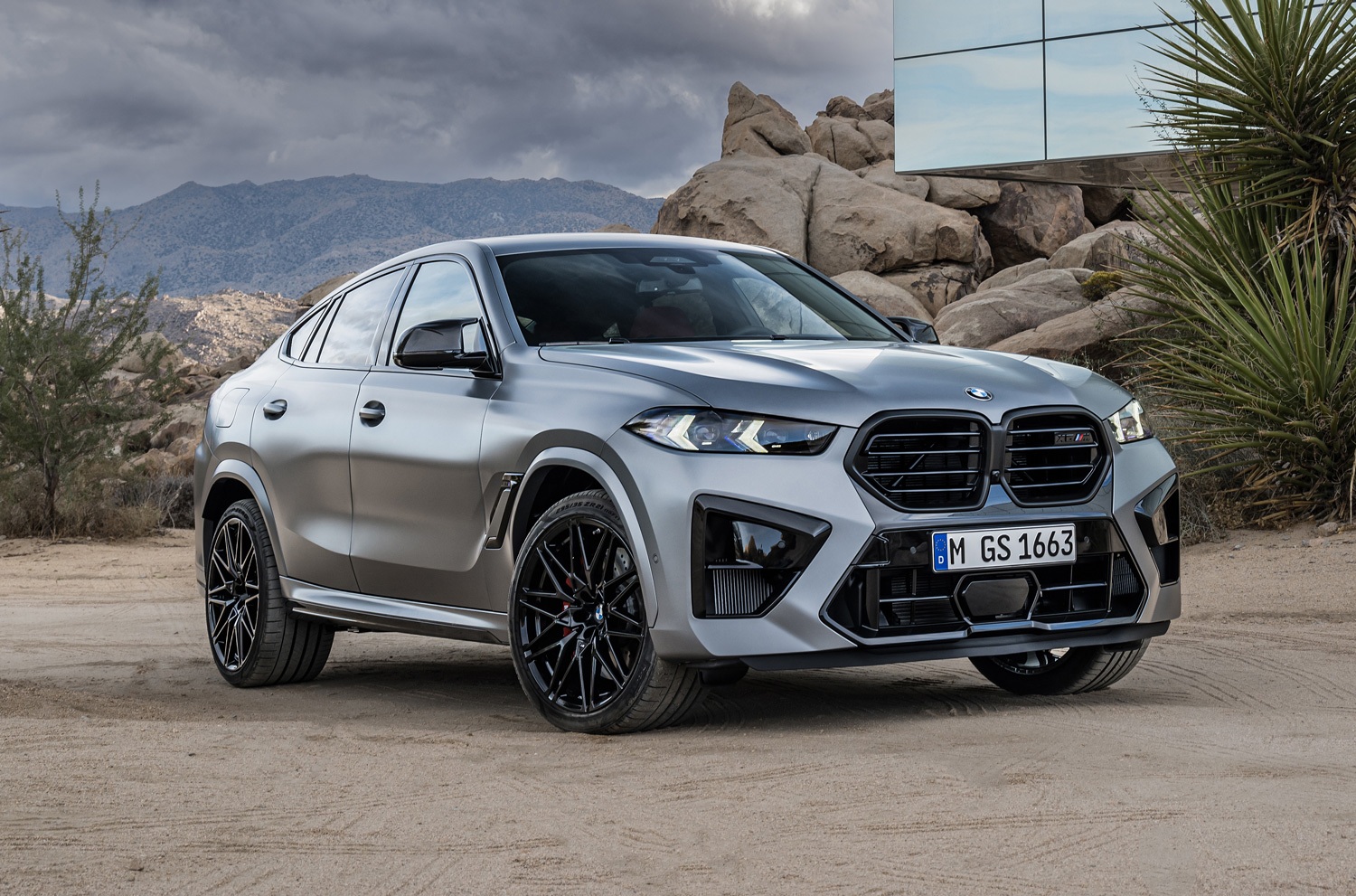
While the X6 comes equipped with modern technologies like parking sensors and a 360-degree camera system, these features cannot fully compensate for the limitations created by the vehicle’s design.
For drivers used to larger, more practical SUVs with excellent visibility, the BMW X6 can feel frustrating to drive in busy, congested areas.
The small windows and thick pillars can make maneuvering through tight spaces or changing lanes in heavy traffic a stressful experience. Although the X6 excels in terms of performance and luxury, its compromised visibility can detract from the overall driving experience.
5. Chevrolet Camaro
The Chevrolet Camaro is an iconic muscle car with powerful performance, but its low, aggressive design leads to significant visibility challenges.
The thick A-pillars and small windshield severely limit the driver’s forward view, creating large blind spots that can be hazardous when navigating through traffic or making turns.
The low-profile design, while aesthetically appealing, contributes to a feeling of being confined inside the car, with limited sightlines to the front and sides.
The Camaro’s rear window is small and sharply angled, making it difficult for drivers to see behind them, particularly when reversing or parking.
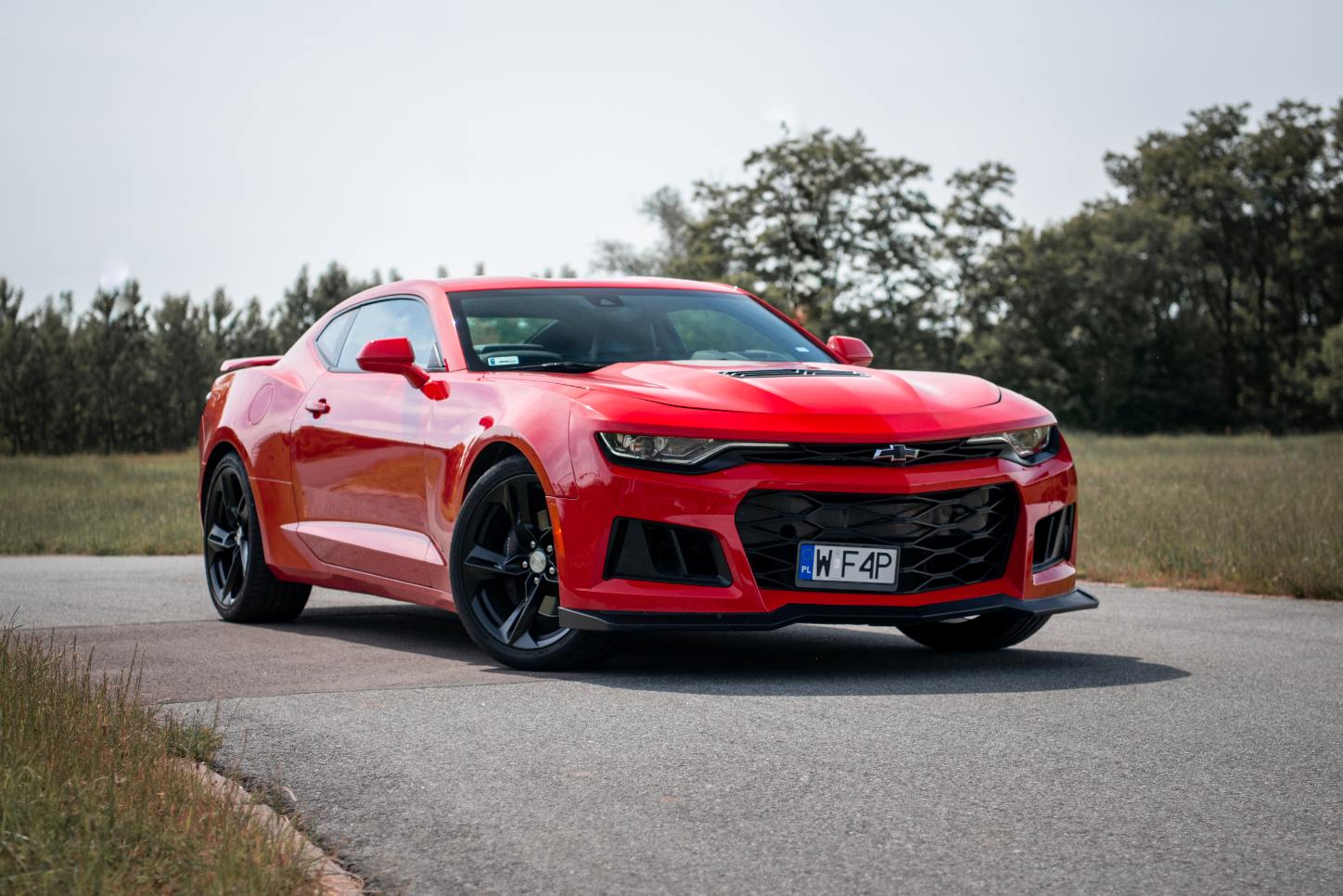
The rearward visibility issues are compounded by the car’s thick rear pillars, which obstruct the driver’s view of approaching vehicles or pedestrians. Despite the presence of a rearview camera, the Camaro’s visibility issues remain a significant concern.
For drivers who are accustomed to vehicles with more expansive windows and clear sightlines, the Camaro’s design can feel challenging, particularly in busy or tight driving environments.
While it offers an exhilarating driving experience, the lack of visibility can make everyday tasks like parking or changing lanes more difficult. The Chevrolet Camaro’s visibility limitations may make it a less appealing choice for those who prioritize safety and comfort in their driving experience.
Visibility plays a crucial role in ensuring a safe and enjoyable driving experience, yet not all vehicles are created equal when it comes to providing clear sightlines.
As we’ve seen, certain cars, such as the Subaru Outback, Honda CR-V, and Tesla Model 3, are designed with thoughtful engineering that maximizes visibility for the driver.
These vehicles feature wide windows, slim A-pillars, and elevated seating positions that make it easier to see the road, pedestrians, cyclists, and other vehicles.
In addition, modern safety technologies like rearview cameras, blind-spot monitoring, and lane-keeping assist work in tandem with their design to further enhance the driving experience and minimize risks.
For drivers seeking peace of mind on the road, these cars deliver exceptional all-around visibility, making them some of the safest options available.
On the other hand, some vehicles, including the Toyota C-HR, Nissan Juke, and Ford Mustang. While these vehicles may offer exhilarating performance or bold styling, they come with a higher level of risk when it comes to visibility.
Even with the inclusion of advanced safety features, the design limitations still make these cars less ideal for drivers who, prioritize aesthetics and design flair, but at the expense of driver visibility.
These cars often feature thick A-pillars, high beltlines, and narrow windows, which create significant blind spots that can make lane changes, parking, and overall maneuvering more difficult.
While these vehicles may offer exhilarating performance or bold styling, they come with a higher level of risk when it comes to visibility.
Even with the inclusion of advanced safety features, the design limitations still make these cars less ideal for drivers who prioritize clear sightlines and ease of navigation in busy environments.
Ultimately, when choosing a car, it’s essential to consider how visibility impacts safety and convenience. A vehicle with excellent visibility allows drivers to confidently navigate busy streets, parking lots, and highways, ensuring a safer driving experience.
Conversely, cars with poor visibility can introduce unnecessary risks, especially for those who often find themselves driving in urban or high-traffic areas.
By understanding the strengths and weaknesses of different car designs, drivers can make more informed decisions and prioritize safety without sacrificing style or performance.
Also Read: 5 Cars With Tough Suspension and 5 That Feel Fragile

